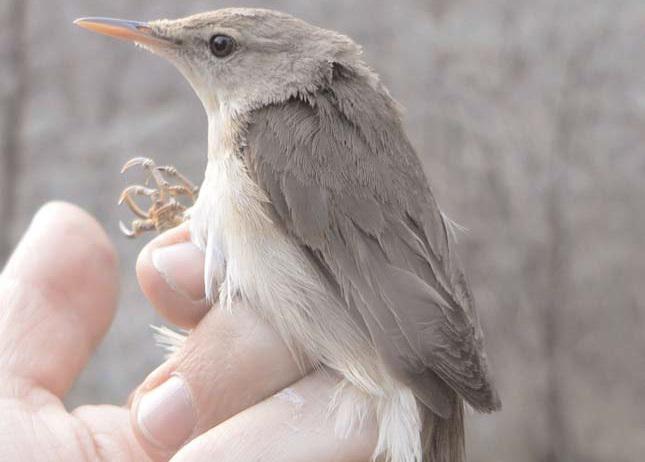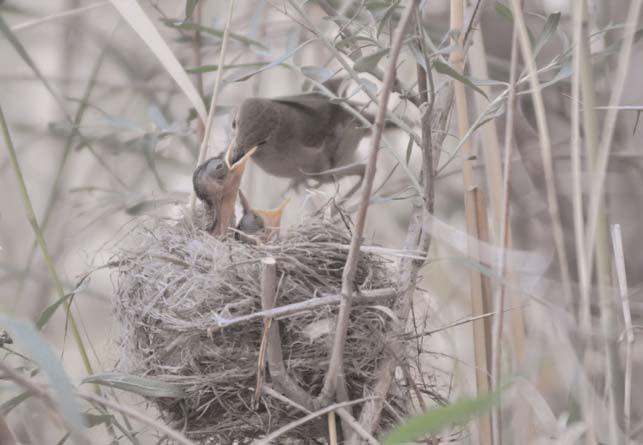Kvartalnov Pavel Valeryevich
Other projects
28 Mar 2012
Hot Springs and Cold Rivers: Vulnerable Animal and Plant Hydrophile Communities at Tajik Pamir Mountains
The aim of the project is to describe the modern stage of vertebrate animal community of riverbanks forests on protected and unprotected areas of South Tajikistan.

“Tugay” – riverbanks forests at plains and mountains of Central Asia. These ecosystems suffer from the high human pressure. “Tugay” forests and adjacent deserts at “Tigrovaya Balka” Natural Reserve were protected from 1938 year. During the severe Civil war in the 1990-s years a lot of people who had to abandon their villages lived at the territory of the Reserve. At that period forested areas were highly reduced: trees and shrubs were cut by people and withered after regulation of a flow of Vakhsh river.

The situation was normalized at the beginning of XXI century but no complex studies of animal community were conducted last years. Remnants of forests and shrubs at mountain river valleys at Gorny Badakhshan that are thought to be the main breeding site for Acrocephalus orinus are still unprotected and little studied. We want to estimate spring and summer diversity of birds and reptiles, prove the status of some rare species (among others – globally endangered Acrocephalus orinus, Phasianus colchicus bianchii and Phrynocephalus sogdianus) and collect information about numbers, biology, social behaviour and interspecies interactions of Sylviidae warblers and Agamidae lizards. We plan to clarify systematic position of local populations of several bird species (Acrocephalus and Phylloscopus warblers, Great Tit) and reptile species (geckos and agamas) using acoustic, morphometric and DNA samples data. Our command include experts of local avifauna (Garibmamad Garibmamadov), social behaviour and biology of Passerine birds (Pavel Kvartalnov), ecology and molecular systematic of lizards (Eugenia Solovyeva), molecular systematic of birds (Vyacheslav Fedorov) and bird songs analysis (Veronica Samotskaya). All scientists worked earlier in Central Asia countries and – as experienced naturalists – can estimate also condition of such components of ecosystems as plants and mammals.
We will work with collected data in collaboration with our colleagues from Lomonosov Moscow State University, Moscow Zoological Museum and Tajik Academy of Sciences. We hope that results of our project will help to elaborate protection actions to prevent disappearing of “Tugay” forests in not-so-distant future.